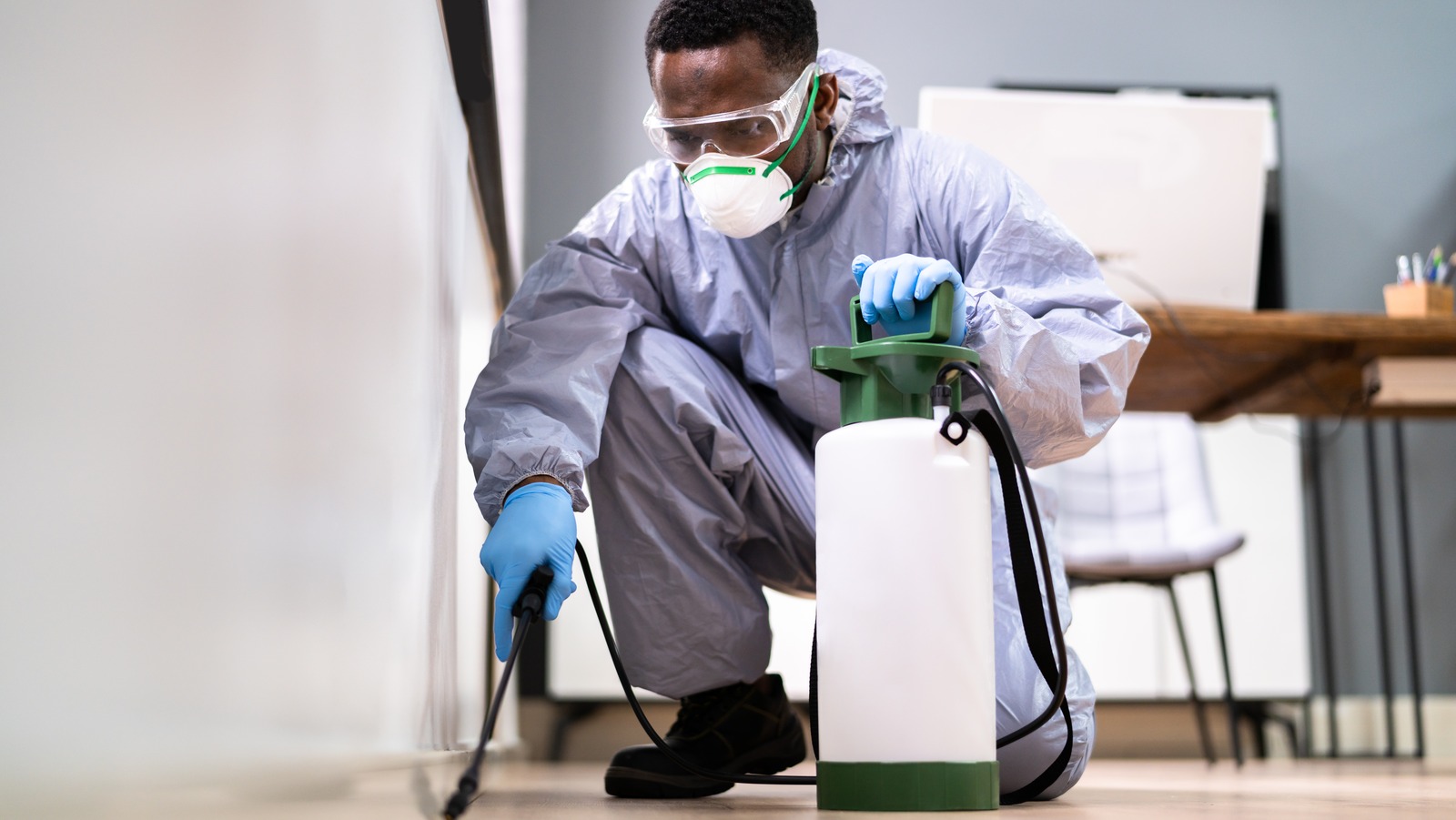Preparing your house for pest treatment is an crucial step in ensuring the efficacy of the treatment and maintaining a pest-free environment. Pest Control Queen Creek fail to recognize the significance of thorough preparation, leading to subpar effects. Whether you are facing common household pests or anticipating more invasive treatments, investing time to prepare your space can create a notable change.
In this guide, we will walk you through the essential measures needed to get ready your home before the extermination team gets there. From tidying up and sealing entry points to keeping safe your animals and children, each action holds a critical role in the overall effectiveness of pest treatment. By knowing what to expect and how to create Termite control Queen Creek for treatment, you'll be well-prepared to keep your space without pests throughout the year. Let's look into the process of preparation so you can enjoy a safe and effective extermination experience.
Comprehending Typical Residential Pests
Common household pests can be a considerable nuisance, therefore it is essential to know their habits and habits. Ants, for example, are social insects that often invade kitchens in search of food and water. They usually form trails to lead their colony to dependable sources, which can swiftly lead to a large infestation. Knowing their habits can help you identify their entry points and effectively eliminate them.
A further prevalent pest is the cockroach, which thrives in cozy, humid environments. These resilient insects can survive on scant food and frequently hide in dark corners, like behind appliances and within cracks in the wall. Cockroaches can pose health risks by spreading bacteria and allergens, making it paramount to address an infestation swiftly. Regular inspections can help detect their presence soon before they become a more major problem.
Bed bugs are yet another household concern, known for their ability to hide in narrow crevices and their preference for sucking blood from human blood. They can travel easily, commonly hitching rides on luggage and clothing. Their bites can cause discomfort and stress, further compounding the situation. Awareness of these pests, their habits, and preliminary signs of infestation can help homeowners act quickly to stop widespread issues.
Efficient Pest Management Techniques
One of the most efficient strategies for pest control is to locate and seal entry points in your residence. Common household pests, such as bugs and rodents, often discover their way indoors through small cracks and holes. Inspect your home for any potential openings around doors, glass panes, and pipes, and use caulk or weather stripping to fill these areas. Additionally, it is essential to ensure that screens on windows and vents are undamaged and free of holes. This preventive measure can significantly reduce the probability of pests invading your living space.
Another key strategy is upholding cleanliness and minimizing clutter. Pests are drawn to food sources and breeding grounds, so it is vital to keep your kitchen and dining areas tidy and free of crumbs. Regularly take out the trash, store food in airtight containers, and wipe down surfaces to remove any food residue. Moreover, clearing out your home can lessen the hiding spots for pests, making it less welcoming for infestations. Keeping your home organized not only enhances aesthetic appeal but also plays a vital role in pest prevention.
Lastly, regular inspections and professional treatments are important components of successful pest control. Scheduling regular pest inspections helps in identifying any signs of infestations early on before they become bigger problems. Alongside this, collaborating with pest control professionals can provide you with specific solutions customized to your specific pest issues. They can offer advice on the frequency of treatments needed for your area and type of pests, making certain that your home remains pest-free throughout the year.
All-Year Prevention Strategies
To maintain a pest-free home throughout, it is essential to apply a multi-faceted approach. Begin by ensuring all entry points, such as cracks in walls, spaces around windows, and gaps around utility lines, are closed. Consistently inspecting and repairing these areas can form a robust barrier against pests. In addition, maintaining neat and organized spaces indoors and outside your home can discourage unwanted guests. why not try this out in sealed containers and keep surfaces free of debris to minimize food sources for pests.
Seasonal changes bring new pests into play, so it is important to adjust your prevention strategies accordingly. In the spring, focus on keeping your yard well-maintained by removing debris and water accumulation that lure insects. During the summer, make sure that screens on windows and doors are whole to block bugs out while taking in fresh air. In the fall, examine your home for any openings that might provide shelter for pests looking for warmth as temperatures drop. Finally, in winter, watch for signs of rodents, as they often try to invade homes for warmth.

Lastly, carry out regular pest inspections, whether on your own or with a specialist. Remaining proactive by identifying and addressing potential pest issues before they become serious can spare you time and money in the end. Think about planning inspections every season to identify any early signs of infestations, and regularly be aware about typical pests in your area and the most effective methods for keeping them at bay. Consistent care and vigilance are essential to a year-round pest prevention program.
